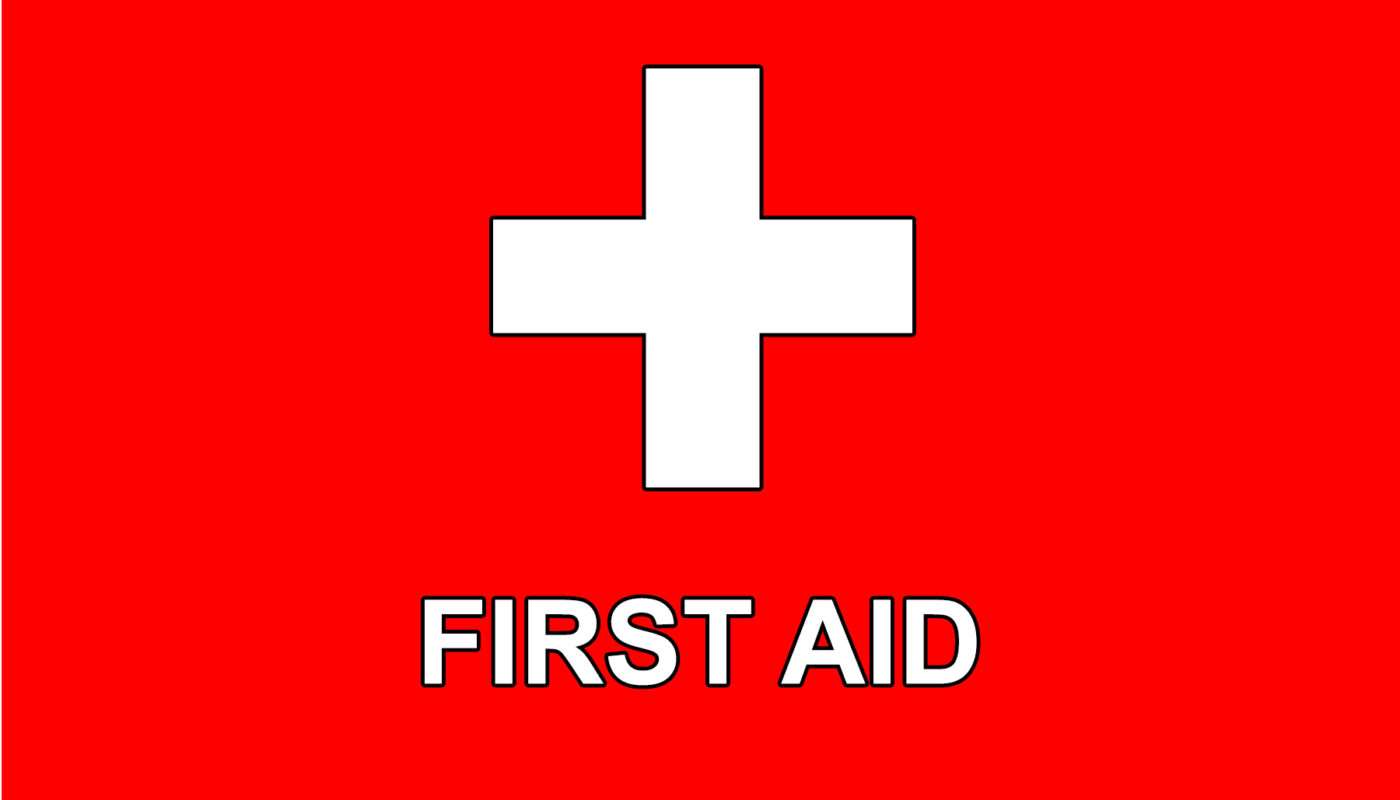The Golden Rules of First Aid are essential principles that guide effective and safe emergency response. These rules ensure that a first aider provides immediate and appropriate care without causing further harm.
Did you know that the first few minutes after an injury or medical emergency can determine life or death? First aid is more than just applying bandages—it’s about taking the right steps to prevent complications and save lives.
Whether at home, work, or in public, knowing the golden rules of first aid ensures you can act confidently and effectively in emergencies.
This guide covers the essential first-aid principles that everyone should know. By the end, you’ll understand key techniques that could make a critical difference in an emergency situation.
1. Check the Scene for Safety
Before rushing in to help, assess the situation. Your safety is the priority.
Look for dangers such as fire, electrical hazards, or traffic.
Ensure your safety first before helping others.
Call emergency services immediately if needed.
💡 Example: If someone collapses on the street, check for oncoming traffic before assisting.
2. Call for Help Immediately
One of the most crucial first aid steps is calling for professional medical assistance.
Dial emergency numbers (112 or local emergency services).
Provide clear details about the location and the patient’s condition.
Never assume someone else has called for help.
💡 Example: In case of a heart attack, calling an ambulance early increases survival chances.
3. Follow the ABC Rule (Airway, Breathing, Circulation)
The ABC rule is the foundation of all first-aid interventions:
✅ A - Airway: Ensure the airway is open and clear of obstructions.
✅ B - Breathing: Check for breathing. If absent, begin CPR.
✅ C - Circulation: If no pulse is detected, perform chest compressions.
💡 Example: If a person is unconscious, tilt their head back slightly to open the airway.
4. Stop the Bleeding
Uncontrolled bleeding can lead to shock and death. Use these steps:
Apply direct pressure to the wound using a clean cloth.
Elevate the injured limb if possible.
Use a tourniquet only if bleeding is severe and life-threatening.
💡 Example: If someone has a deep cut on their leg, press firmly on the wound and keep the leg elevated.
5. Treat for Shock
Shock occurs when the body doesn’t get enough blood flow. Signs include:
Pale, cold, and clammy skin
Rapid breathing
Weak pulse
How to help:
Lay the person down and elevate their legs.
Keep them warm and calm.
Seek medical attention immediately.
💡 Example: After a car accident, a victim may go into shock even without visible injuries.
6. Perform CPR (Cardiopulmonary Resuscitation)
If someone isn’t breathing, CPR can double their chances of survival.
Adults: 30 chest compressions followed by 2 rescue breaths.
Children & infants: Use gentler compressions and smaller breaths.
Use an AED (Automated External Defibrillator) if available.
💡 Example: If someone collapses and has no pulse, begin CPR immediately while waiting for paramedics.
7. Handle Burns Properly
Burn injuries vary in severity, but quick first aid can minimize damage.
Cool the burn with running water for at least 10 minutes.
Never apply ice, butter, or ointments.
Cover with a clean, non-stick bandage.
💡 Example: If a child spills hot tea on their arm, immediately place it under cool water.
8. Know How to Help a Choking Victim
A choking person cannot breathe or speak. The Heimlich maneuver can save their life.
For adults & children: Stand behind them, wrap arms around their waist, and perform abdominal thrusts.
For infants: Give back slaps and chest thrusts instead.
💡 Example: If a friend chokes on food, use the Heimlich maneuver to help expel the blockage.
9. Handle Fractures and Sprains with Care
Fractures and sprains require immediate stabilization.
Immobilize the injured area using a splint or bandage.
Apply ice to reduce swelling.
Seek medical attention for proper diagnosis.
💡 Example: If someone twists their ankle, have them rest, apply ice, and elevate the leg.
10. Recognize and Respond to Strokes
A stroke requires immediate medical intervention. Use the FAST method:
F - Face: Does one side droop?
A-Arms: Can they lift both arms equally?
S - Speech: Is their speech slurred?
T - Time: Call emergency services immediately.
💡 Example: If a colleague suddenly has trouble speaking, act FAST and call 911.
11. Treat Poisoning and Overdoses Quickly
Poisoning can be fatal if not treated immediately.
Identify the poison (medication, chemicals, food, etc.).
Call Poison Control for instructions.
Do not induce vomiting unless advised by a professional.
💡 Example: If a child ingests a household cleaner, call emergency services and do not give them anything to drink.
12. Respond to Allergic Reactions (Anaphylaxis)
Severe allergic reactions can be life-threatening.
Look for swelling, difficulty breathing, or hives.
Use an EpiPen if available.
Seek emergency medical help immediately.
💡 Example: If a friend with a peanut allergy starts gasping for breath, administer their EpiPen and call 911.
Conclusion: First Aid Saves Lives
Knowing the golden rules of first aid can make the difference between life and death. Whether treating a minor injury or a life-threatening emergency, taking quick and correct action is crucial.
How prepared are you for an emergency? Share your thoughts in the comments and spread this life-saving knowledge with others!




